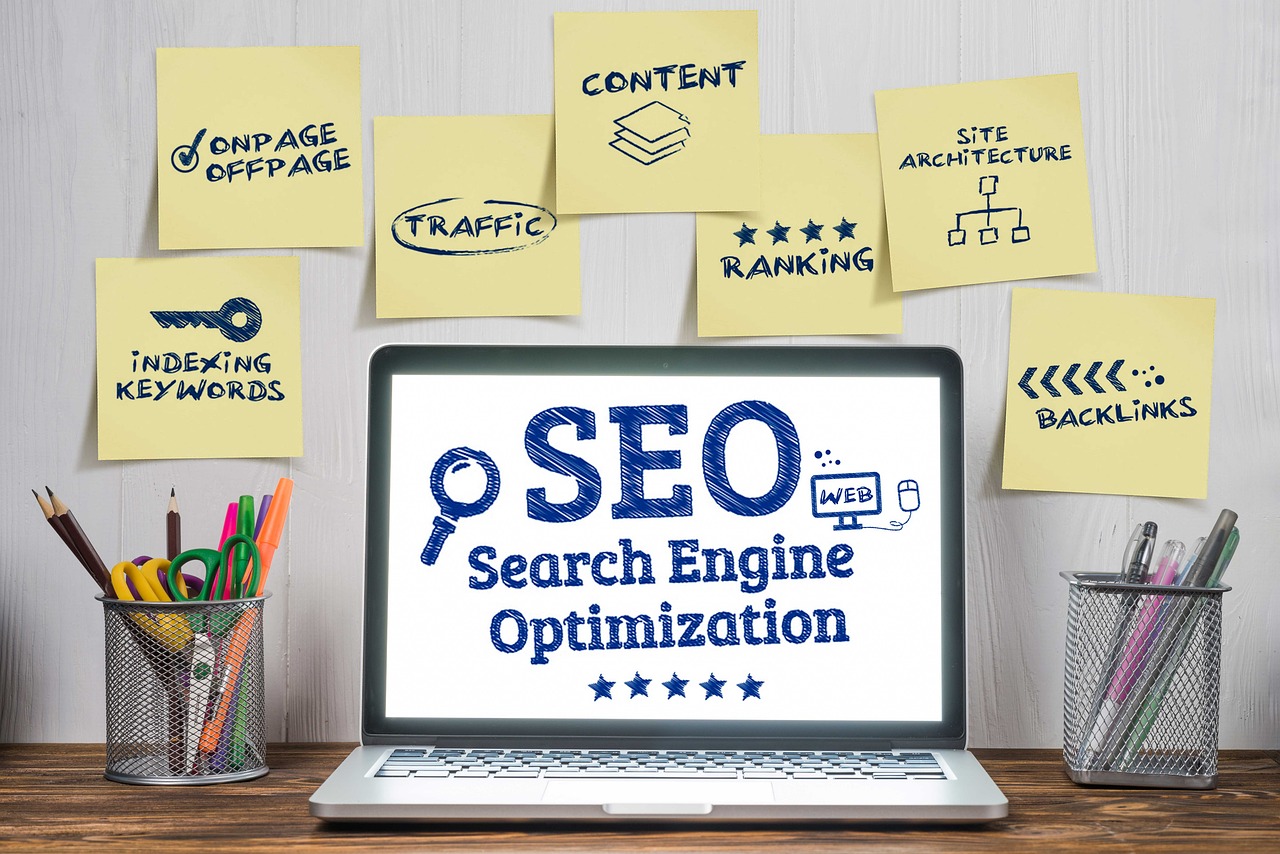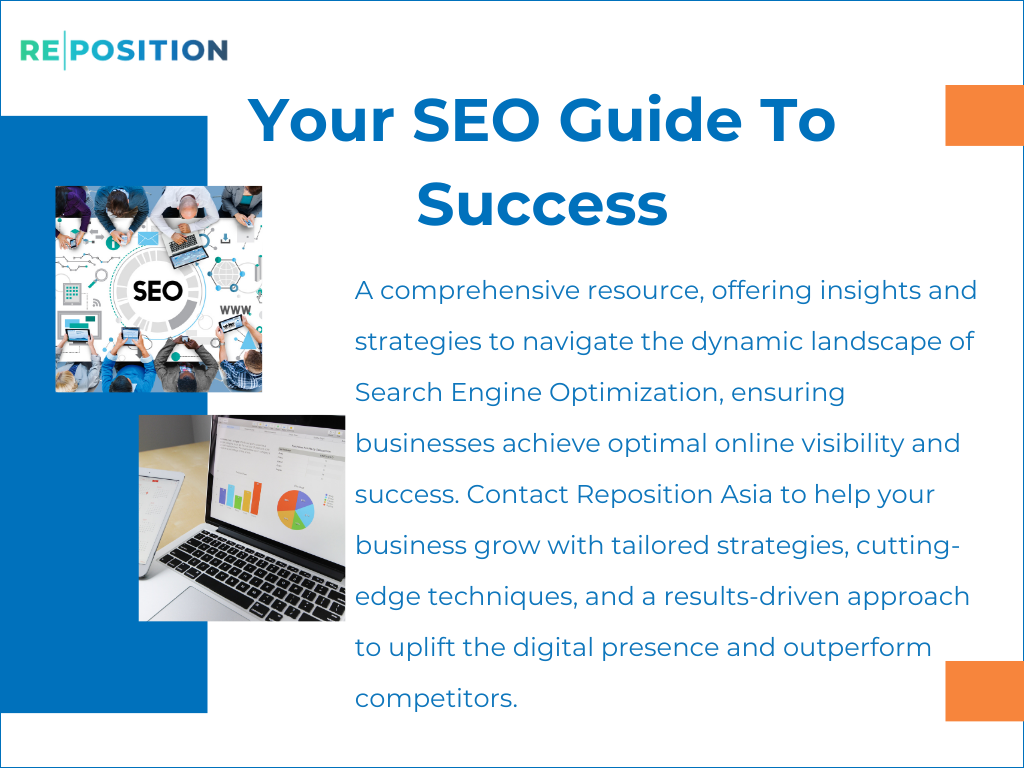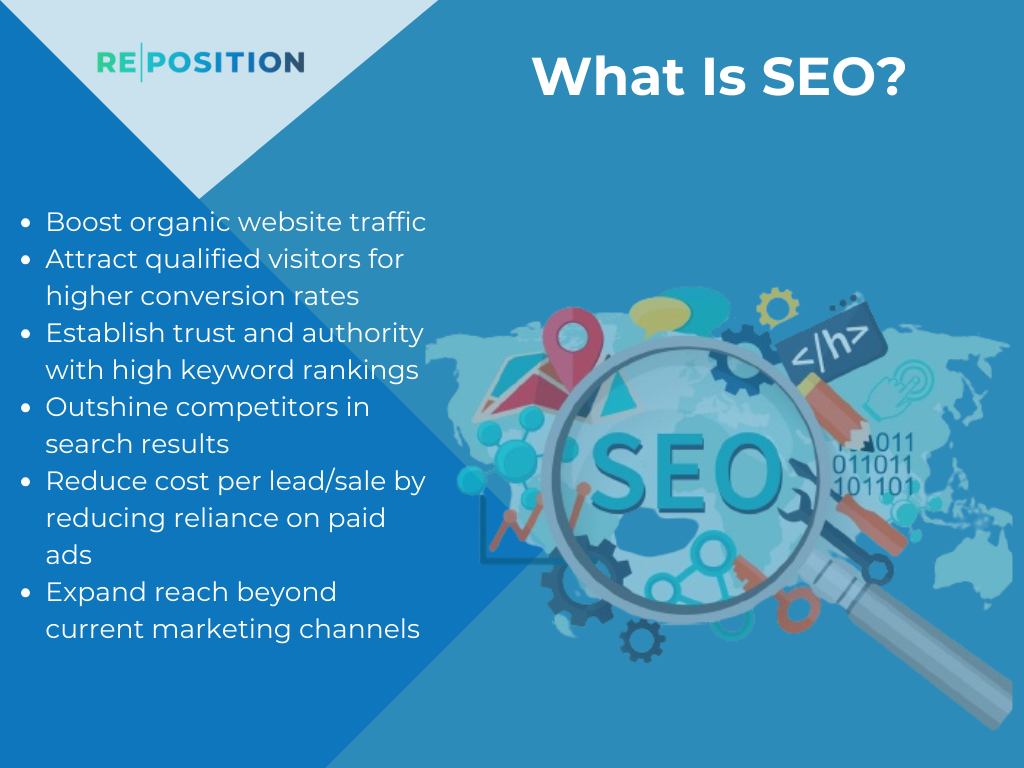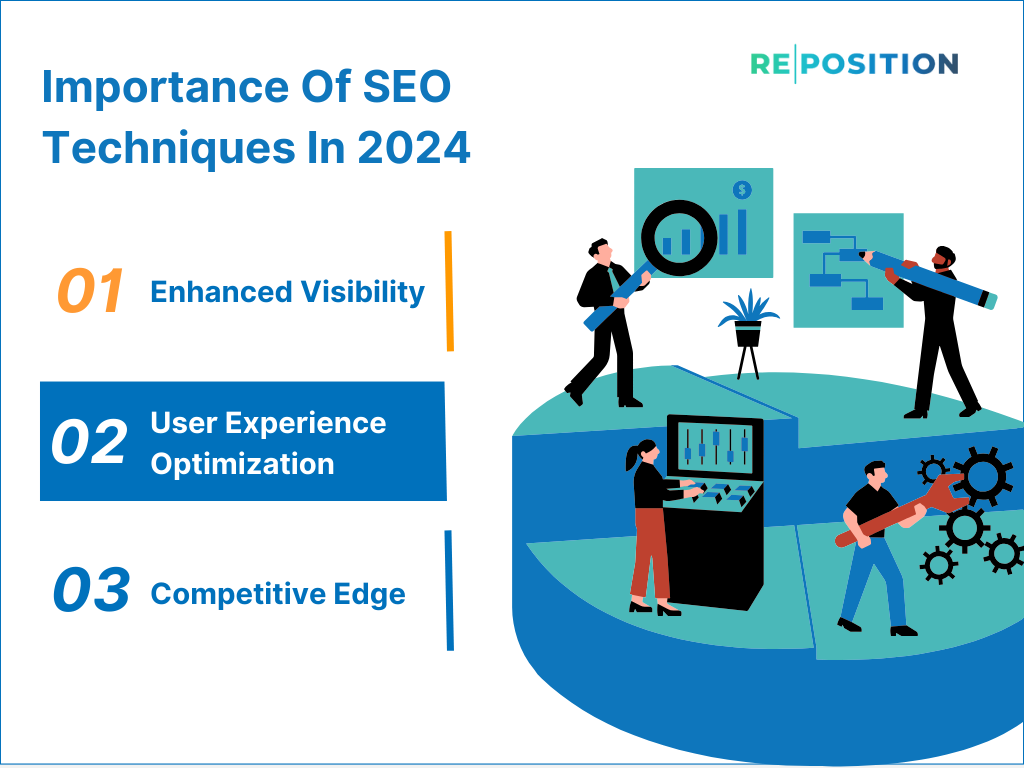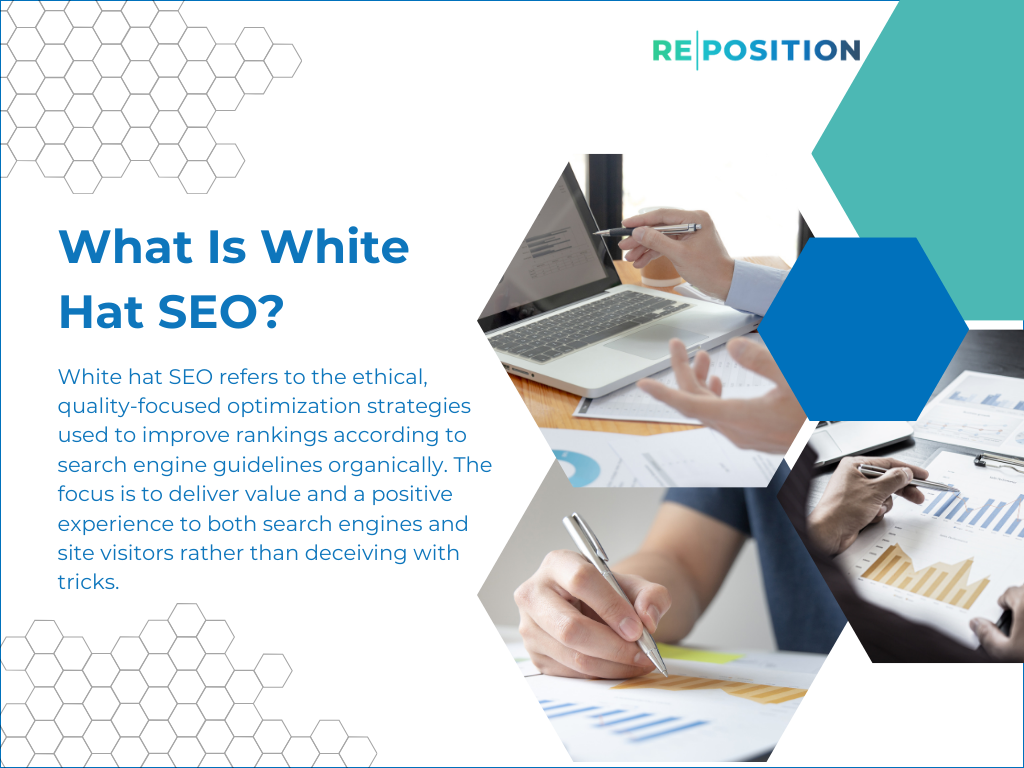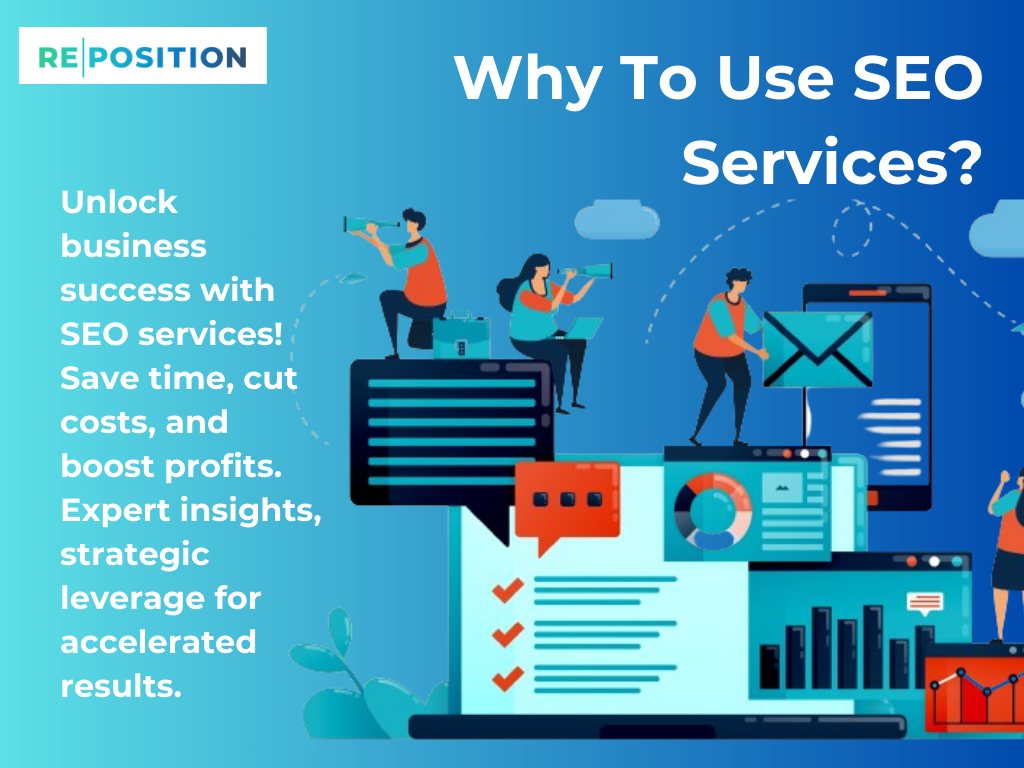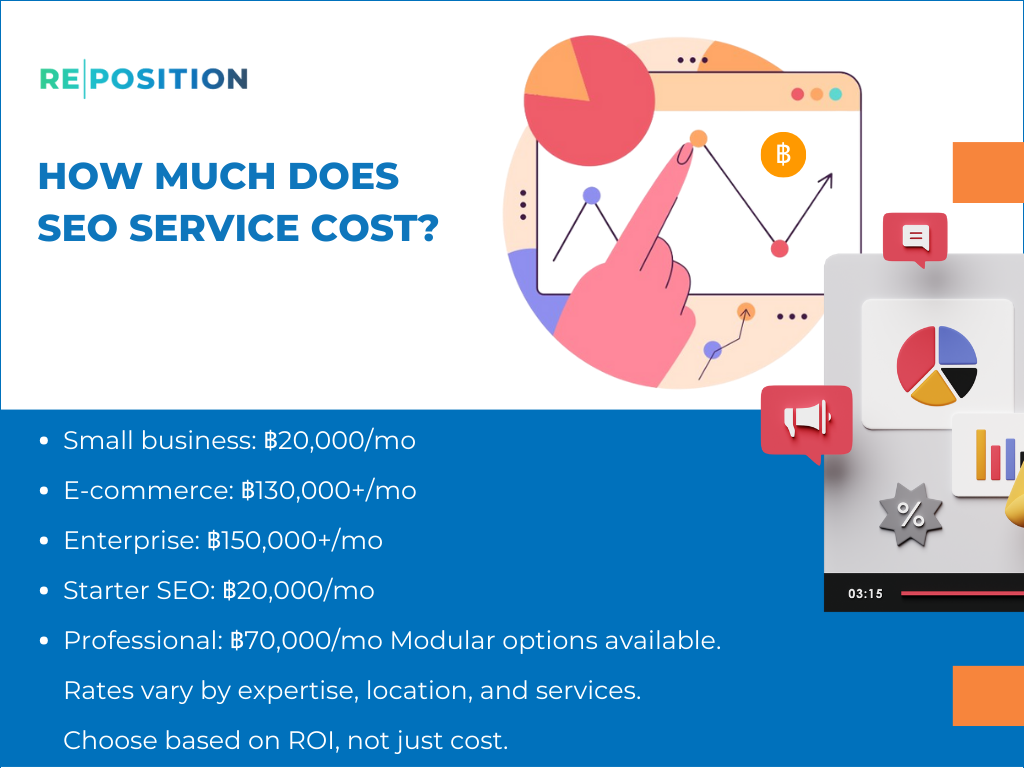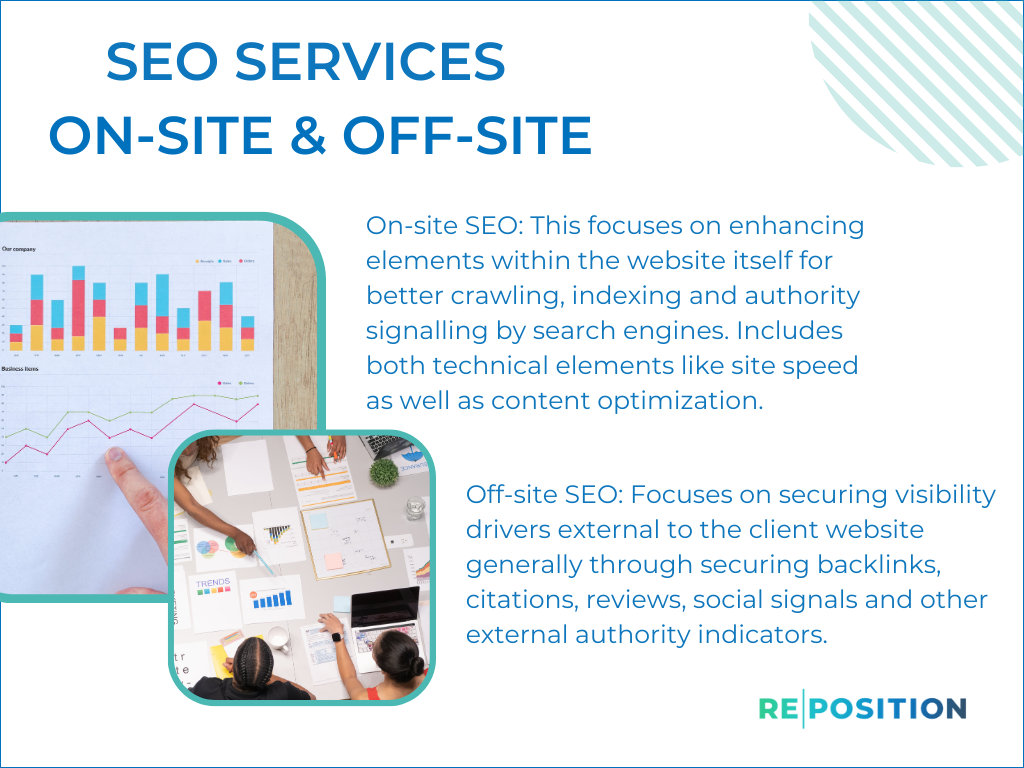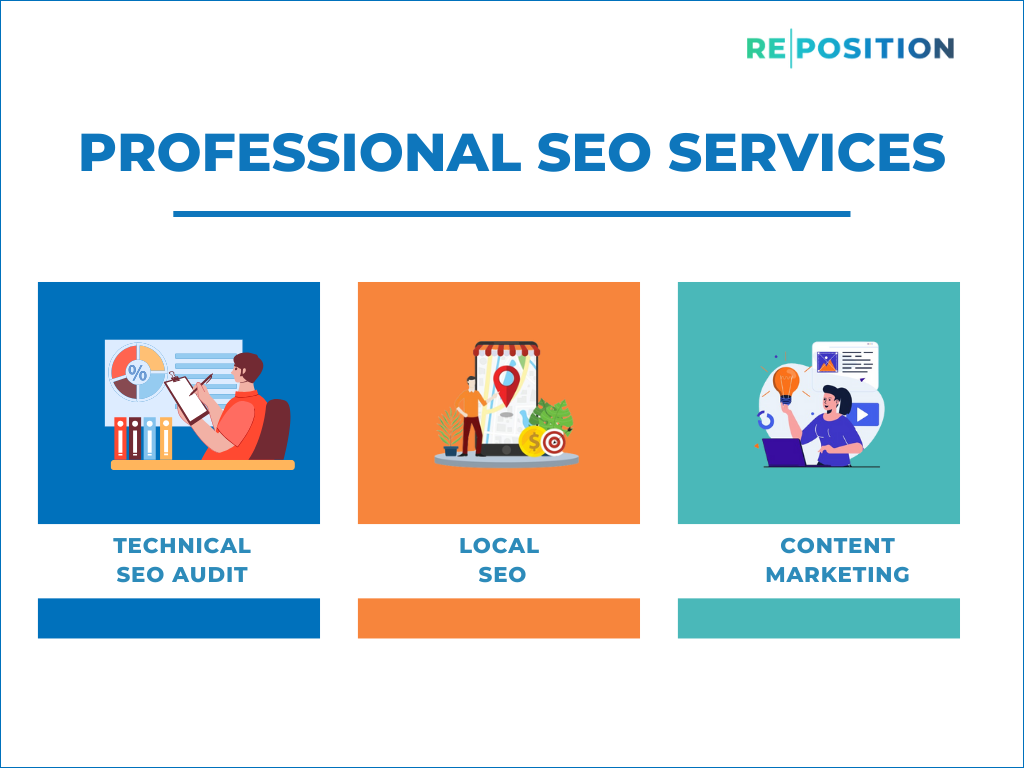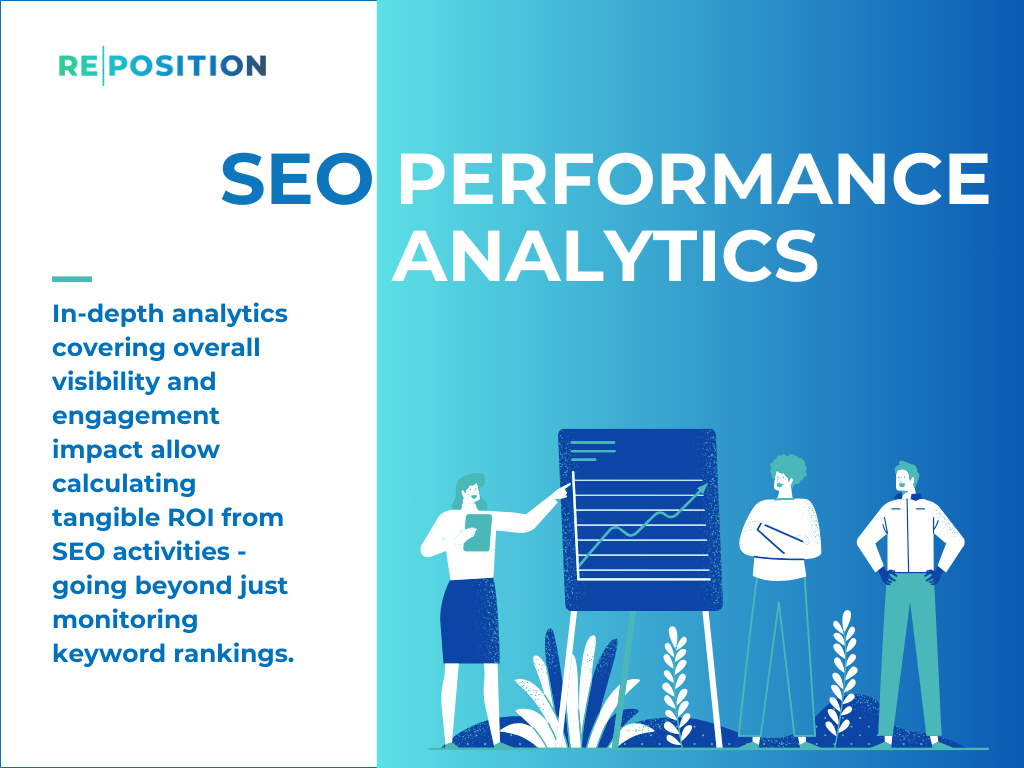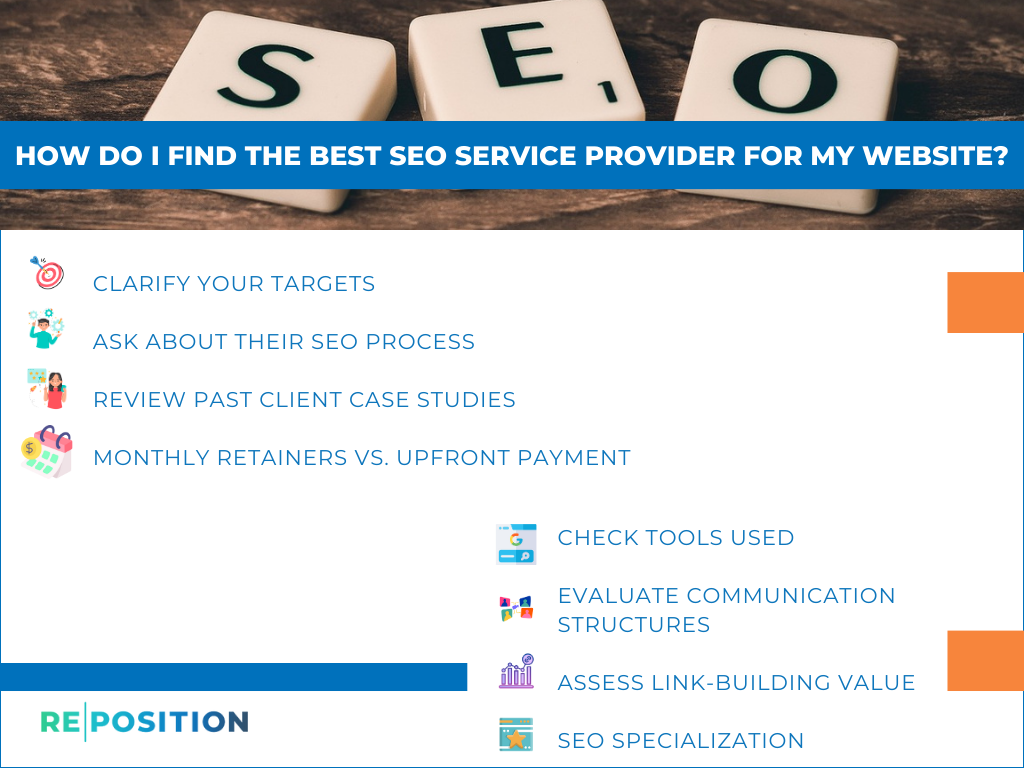Every aspect of a website’s design and functionality plays a crucial role in enhancing its visibility and user experience. One often overlooked yet remarkably impactful element is the favicon – that tiny icon displayed in the browser’s address bar, tab, or bookmarks. While it may seem like a minor detail, the favicon can significantly influence a website’s SEO performance and overall user engagement.
In 2024, the importance of favicons in SEO is expected to grow, making it essential for businesses and website owners to understand and leverage their potential. This comprehensive guide will delve into the various SEO benefits of favicons, providing actionable insights and strategies to optimize this powerful visual element for improved search engine rankings, brand recognition, and user experience.
What Is a Favicon?
![]()
A favicon, short for “favorite icon,” is a small, square image representing a website or web application. It is a visual identifier, typically displayed in the browser’s address bar, tab, or bookmarks. Favicons are an essential element of a website’s branding and user experience, providing a recognizable visual cue that helps users quickly identify and navigate to the desired site.
Understanding Favicons and Their Significance
The significance of favicons lies in their ability to enhance brand recognition, improve website usability, and contribute to a positive user experience. When users have multiple tabs or bookmarks open, favicons make it easier to quickly identify and navigate to the desired website, reducing confusion and increasing efficiency.
Moreover, favicons can subtly influence user perception and trust. A well-designed, high-quality favicon can convey professionalism and attention to detail, potentially increasing the likelihood of users engaging with the website and perceiving it as trustworthy and credible.
How Favicons Impact SEO
![]()
While favicons are primarily designed to enhance user experience and brand recognition, they can also have a significant impact on a website’s search engine optimization (SEO) efforts. Search engines prioritize websites that offer exceptional user experiences, as this is a crucial factor in determining user satisfaction and retention. A well-designed favicon can contribute to an enhanced user experience by making it easier for users to identify and navigate to the desired website, reducing friction and increasing engagement.
What Is The Use Of Favicon?
Favicons serve several important purposes beyond their aesthetic appeal. Firstly, they aid in brand recognition by providing a visual representation of a website or application. This helps users quickly identify and associate the favicon with the corresponding brand or platform. Secondly, favicons improve website usability by making it easier for users to distinguish between multiple open tabs or bookmarks, enhancing navigation and reducing confusion.
Where Is The Favicon located?
![]()
Favicons are typically displayed in various locations within a web browser’s user interface. The most common locations include:
Address bar: The favicon appears next to the website’s URL in the address bar, providing a visual cue for the currently loaded site.
Browser tabs: When multiple tabs are open, favicons help users quickly identify and switch between different websites or web applications.
Bookmarks or favorites: In the bookmarks or favorites section, favicons accompany the bookmarked website or page titles, aiding in visual recognition and organization.
Mobile device home screens: On mobile devices, when users add a website to their home screen, the favicon is often used as the application icon for easy identification and access.
Additionally, you can also see the favicons in Toolbar Apps, Search Results, and Search Bar.
SEO Benefits Of Favicons
![]()
While favicons may seem like a minor component of a website, they can have a profound impact on various aspects of SEO. Here are some of the key SEO benefits associated with optimizing favicons:
Improved User Experience And Engagement
Search engines prioritize websites that offer exceptional user experiences, as this is a crucial factor in determining user satisfaction and retention. A well-designed favicon can contribute to an enhanced user experience by making it easier for users to identify and navigate to the desired website, reducing friction and increasing engagement.
When users have multiple tabs open, a distinct and recognizable favicon can help them quickly locate the desired website, minimizing confusion and frustration. This seamless user experience can lead to increased time spent on the website, lower bounce rates, and potentially higher conversion rates – all of which are positive signals for search engines.
Brand Recognition And Memorability
Favicons serve as visual representations of a brand, contributing to brand recognition and memorability. A unique and well-crafted favicon can help establish a strong brand identity, making it easier for users to associate the icon with the website and the products or services it offers.
Effective brand recognition can lead to increased brand loyalty, repeat visits, and higher engagement rates, all of which are essential for SEO success. Search engines perceive websites with strong brand recognition and loyal user bases as more authoritative and trustworthy, potentially leading to improved search rankings.
Improved Click-Through Rates (CTR)
In search engine results pages (SERPs), favicons can help a website’s listing stand out from competitors, potentially increasing click-through rates (CTRs). A visually appealing and recognizable favicon can attract users’ attention, making them more likely to click on the website’s listing, even if it is not ranked at the top.
Higher CTRs are a positive signal for search engines, indicating that users find the website’s content relevant and valuable. Over time, this can lead to improved search rankings, as search engines aim to provide the most relevant and user-friendly results to their users.
Mobile Optimization And Responsive Design
With the increasing prevalence of mobile devices and the rise of responsive web design, favicons have become even more crucial for creating a seamless and visually appealing experience across different platforms and screen sizes.
On mobile devices, favicons are often displayed prominently in the address bar or as app icons on the home screen when users save a website to their device. A well-designed favicon can enhance the overall mobile experience, making it easier for users to identify and access the website from their devices.
Search engines prioritize mobile-friendly and responsive websites, as they aim to provide the best possible user experience across all devices. By optimizing favicons for mobile devices, businesses can improve their mobile SEO performance and increase their chances of ranking higher in mobile search results.
Increased Trust And Credibility
A professional and visually appealing favicon can contribute to a website’s perceived trustworthiness and credibility. Users often associate well-designed visual elements with attention to detail and a commitment to quality, which can positively influence their perceptions of a website and its content.
Search engines also take into account user trust and credibility signals when determining search rankings. Websites that are perceived as trustworthy and authoritative by users are more likely to rank higher in search results, as search engines aim to provide the most reliable and relevant information to their users.
Favicon Design Best Practices For SEO
![]()
To effectively leverage the SEO benefits of favicons, it is crucial to follow best practices in their design and implementation. Here are some essential guidelines to consider:
Adherence to File Format and Size Requirements
Search engines and browsers have specific requirements for favicon file formats and sizes. The most commonly accepted format is the .ico (Icon) file format, which can contain multiple image sizes within a single file. However, modern browsers also support other formats like .png (Portable Network Graphics) and .svg (Scalable Vector Graphics).
It is recommended to create favicons in multiple sizes, typically ranging from 16×16 pixels to 512×512 pixels, to ensure optimal display across various devices and platforms. Keeping the file size small is also essential for faster website loading times, which can positively impact user experience and SEO.
Clarity and Simplicity
When designing a favicon, clarity, and simplicity should be prioritized. The favicon’s small size dictates that complex designs or intricate details may not be easily recognizable or visually appealing. Instead, opt for a simple, clean design that effectively represents the brand or website while remaining legible and identifiable even at small sizes.
Relevant and Descriptive Design
The favicon’s design should be relevant to the website’s brand, content, or purpose. This helps establish a strong visual association between the icon and the website, enhancing brand recognition and memorability.
Consider incorporating elements from the website’s logo or color scheme into the favicon design, while ensuring that the design remains simple and recognizable. Avoid using generic or irrelevant icons, as they may fail to effectively represent the brand or convey the website’s purpose.
Ensure Consistency Across Platforms
Consistency is key when it comes to favicon implementation across different platforms and devices. Ensure that the favicon design and implementation are consistent across the website, mobile apps, social media profiles, and any other digital touchpoints associated with the brand.
This consistency helps reinforce brand recognition and creates a cohesive user experience, contributing to improved SEO performance and user engagement.
Proper Implementation and Optimization
Proper implementation and optimization of favicons are crucial for ensuring they are correctly displayed and recognized by search engines and browsers. This includes:
- Placing the favicon files in the website’s root directory or a designated favicon directory.
- Include the appropriate HTML code in the website’s <head> section to reference the favicon files.
- Optimizing the favicon files for faster loading times by compressing them and minimizing file sizes.
- Implementing responsive favicons that adapt to different screen sizes and device resolutions.
By following these best practices, businesses can ensure that their favicons are properly recognized and displayed, contributing to an optimal user experience and potentially enhancing their SEO performance.
Advanced Favicon Strategies For SEO
![]()
While implementing a well-designed and optimized favicon is a fundamental step towards leveraging its SEO benefits, there are additional advanced strategies that can further enhance its impact. Here are some advanced favicon strategies to consider:
Favicon Animations and Interactivity
In recent years, some websites have begun incorporating animations or interactive elements into their favicons. These dynamic favicons can capture users’ attention, enhance brand recognition, and create a memorable user experience.
Animated favicons can display various states or actions, such as loading indicators, notifications, or even mini-games. Interactive favicons may respond to user actions, such as hovering or clicking, providing additional functionality or information.
While these advanced favicon techniques can be visually appealing and engaging, it is essential to strike a balance and ensure that they do not negatively impact user experience or website performance. Excessive animations or complex interactions may slow down page load times or become distracting, potentially counteracting the intended benefits.
Favicon Accessibility
Accessibility is an essential consideration in web design and development, and favicons are no exception. Ensuring that favicons are accessible to users with disabilities or specific needs can contribute to an inclusive and user-friendly experience, which can positively impact SEO.
One approach to favicon accessibility is the implementation of alternative text (alt text) or title attributes. These textual descriptions can provide context and information about the favicon for users who may have visual impairments or rely on assistive technologies.
Additionally, considering color contrast and legibility in favicon design can improve accessibility for users with color blindness or low vision. Following accessibility guidelines and best practices can enhance the overall user experience and demonstrate a commitment to inclusivity, potentially benefiting SEO performance.
Favicon Personalization and Contextual Adaptation
As personalization and contextual experiences become increasingly prevalent in digital marketing, favicons present an opportunity to adapt and tailor the user experience based on individual preferences or situational factors.
For example, favicons could dynamically change their appearance or display contextual information based on user behavior, location, device, or other relevant data. This personalized approach can enhance user engagement, relevance, and memorability, potentially contributing to improved SEO performance.
However, it is essential to strike a balance between personalization and user privacy, ensuring that any data collection and usage adheres to privacy regulations and respects user preferences.
Favicon Testing and Optimization
Like any other aspect of website design and SEO, favicons should be subject to ongoing testing and optimization to ensure their effectiveness and alignment with evolving best practices and user preferences.
A/B testing or multivariate testing can be employed to evaluate the performance of different favicon designs, animations, or implementations. By analyzing user engagement metrics, conversion rates, and other relevant data, businesses can identify the most effective favicon strategies and make data-driven optimizations.
Additionally, regularly monitoring search engine guidelines, browser updates, and industry trends can help businesses stay ahead of the curve and adapt their favicon strategies accordingly.
Integration with Digital Marketing Campaigns
Favicons can be leveraged as part of broader digital marketing campaigns, contributing to brand awareness, recall, and overall campaign effectiveness.
For example, during a specific marketing campaign or promotion, businesses could temporarily update their favicon to reflect the campaign’s theme, colors, or messaging. This visual reinforcement can enhance brand recognition and campaign recall, potentially driving more traffic and engagement to the website.
Furthermore, favicons can be integrated into various digital marketing channels, such as email campaigns, social media marketing, and online advertising, providing a consistent and recognizable visual element across multiple touchpoints.
By strategically incorporating favicons into digital marketing campaigns, businesses can create a cohesive brand experience, reinforce campaign messaging, and potentially improve campaign performance and overall SEO impact.
Favicon SEO Metrics And Measurement
![]()
To effectively evaluate the impact of favicon optimization on SEO performance, it is essential to track and analyze relevant metrics. Here are some key metrics to consider when measuring the SEO benefits of favicons:
Click-Through Rates (CTRs)
Monitoring click-through rates (CTRs) from search engine result pages (SERPs) can provide valuable insights into the effectiveness of favicon optimization. By comparing CTRs before and after implementing favicon changes or enhancements, businesses can assess whether the updated favicon design has contributed to increased visibility and user engagement in search results.
User Engagement Metrics
Favicons can significantly impact user engagement metrics, such as time on site, bounce rates, and pages per session. By tracking these metrics, businesses can evaluate whether the favicon design and implementation have contributed to an improved user experience, potentially leading to higher engagement levels and positive SEO signals.
Brand Recognition and Recall
Measuring brand recognition and recall can be challenging, but various methods can provide insights into the effectiveness of favicons in establishing and reinforcing brand identity.
Surveys or user testing can gauge users’ ability to recognize and associate a favicon with a specific brand or website. Additionally, monitoring social media mentions, brand searches, and other online conversations can provide qualitative data on brand awareness and perception.
Conversion Rates and Revenue
Ultimately, the success of favicon optimization should be evaluated based on its impact on conversions and revenue. By tracking conversion rates, sales, and other relevant business metrics, businesses can determine whether favicon enhancements have contributed to improved user engagement, trust, and overall website performance, translating into tangible business outcomes.
Search Engine Rankings and Visibility
While favicons may not directly influence search engine rankings, their impact on user experience, brand recognition, and engagement can indirectly affect a website’s SEO performance.
Monitoring search engine rankings, organic traffic, and visibility metrics can provide insights into the overall effectiveness of favicon optimization strategies within the broader context of a website’s SEO efforts.
By regularly analyzing these metrics and leveraging data-driven insights, businesses can continually refine and optimize their favicon strategies, ensuring they align with evolving user preferences, search engine algorithms, and industry best practices.
Favicon SEO Case Studies And Success Stories
![]()
To illustrate the real-world impact and potential of favicon optimization for SEO, let’s explore some notable case studies and success stories from businesses across various industries:
E-commerce Retailer: Boosting Click-Through Rates and Conversions
A prominent e-commerce retailer recognized the potential of favicon optimization to enhance their online presence and user engagement. They conducted extensive A/B testing with different favicon designs, analyzing the impact on click-through rates (CTRs) and conversion rates.
After implementing a refreshed, visually appealing favicon that aligned with their brand identity, the retailer observed a significant increase in CTRs from search engine result pages. Additionally, they witnessed a notable improvement in conversion rates, as the updated favicon contributed to a more seamless and recognizable user experience throughout the purchase journey.
This case study highlights how a well-designed favicon can improve visibility, attract more qualified traffic, and ultimately drive higher conversion rates and revenue for e-commerce businesses.
SaaS Company: Enhancing Brand Recognition and Customer Loyalty
A software-as-a-service (SaaS) company sought to strengthen its brand recognition and foster customer loyalty among its user base. As part of their branding and user experience initiatives, they revamped their favicon to better align with their brand identity and incorporate subtle animations and interactivity.
The new favicon design featured the company’s logo and brand colors, along with a subtle loading animation when accessing the application. This small yet impactful change resulted in increased brand recognition and memorability among users, who consistently praised the attention to detail and cohesive user experience.
As a result, the SaaS company witnessed higher customer retention rates and improved user engagement metrics, which positively impacted their overall SEO performance and online visibility.
News and Media Outlet: Improving Mobile Experience and User Engagement
A prominent news and media outlet recognized the growing importance of mobile optimization and sought to enhance the user experience for their mobile audience. As part of their mobile-first strategy, they redesigned their favicon to be more visually appealing and recognizable on smaller screens.
The updated favicon featured a simplified version of their logo, optimized for legibility and clarity on mobile devices. Additionally, they implemented responsive favicon techniques to ensure that the icon adapted seamlessly to different screen sizes and resolutions.
The results were impressive, with the news outlet experiencing a significant increase in mobile user engagement, reduced bounce rates, and longer session durations. These positive user signals contributed to improved mobile search rankings and overall SEO performance, solidifying the outlet’s position as a trusted and authoritative source of news and information.
Favicon SEO Trends And Future Outlook
![]()
As the digital landscape continues to evolve, the role and impact of favicons in SEO are expected to grow and adapt. Here are some potential trends and future outlooks for favicon SEO:
Increased Importance of Responsive and Adaptive Favicons
With the ever-growing prevalence of mobile devices and the continued emphasis on responsive web design, the importance of responsive and adaptive favicons will likely increase. Search engines and users will expect favicons to adapt seamlessly to different screen sizes, resolutions, and device capabilities, ensuring a consistent and visually appealing experience across all platforms.
Emergence of Favicon Analytics and Measurement Tools
As businesses recognize the significance of favicon optimization for SEO, there may be a growing demand for specialized favicon analytics and measurement tools. These tools could provide granular data and insights into favicon performance, user engagement, and the overall impact on website metrics, enabling more informed decision-making and optimization strategies.
Integration with Voice Search and Virtual Assistants
With the rise of voice search and virtual assistants, favicons may play a role in enhancing the user experience and promoting brand recognition in these emerging interfaces. As users interact with virtual assistants through voice commands, favicons could serve as visual cues or identifiers, helping users quickly recognize and distinguish websites or applications in the virtual assistant’s interface.
Favicon Personalization and Context-Awareness
As personalization and context awareness become increasingly important in delivering tailored user experiences, favicons may evolve to adapt dynamically based on user preferences, behavior, location, or other contextual factors. This could involve favicons changing their appearance, displaying relevant information, or even serving as interactive elements that provide personalized functionality or content.
Augmented Reality (AR) and Favicon Integration
With the continued advancement of augmented reality (AR) technologies, favicons may find novel applications in AR environments. Businesses could explore using favicons as markers or anchors for AR experiences, enabling users to scan or interact with them to access additional information, multimedia content, or immersive experiences related to the website or brand.
Favicon Security and Trust Indicators
As concerns around online privacy and security continue to grow, favicons may be utilized as visual indicators of website trustworthiness and security. This could involve favicons displaying trust seals, security badges, or other visual cues to signal to users that a website adheres to industry standards and best practices for data protection and online security.
Increased Emphasis on Accessibility and Inclusivity
With a growing focus on web accessibility and inclusivity, there may be a greater emphasis on ensuring that favicon designs and implementations are accessible to users with disabilities or specific needs. This could involve guidelines and best practices for creating high-contrast favicons, incorporating alternative text or descriptions, and optimizing favicons for assistive technologies and screen readers.
Favicon Standardization and Guidelines
As the impact of favicons on user experience and SEO becomes more widely recognized, there may be a push for increased standardization and guidelines from industry bodies or search engine providers. These guidelines could provide recommendations for best practices in favicon design, implementation, and optimization, ensuring consistency and adherence to evolving standards across the web.
While these trends and future outlooks are speculative, they highlight the potential for favicons to evolve and adapt to emerging technologies, user preferences, and industry standards. As the digital landscape continues to evolve, businesses that stay ahead of these trends and leverage favicons strategically will be well-positioned to enhance their online presence, user engagement, and overall SEO performance.
Is Favicon A Ranking Factor?
According to Google’s official guidelines, favicons are not a direct ranking factor in search engine algorithms. However, they can indirectly influence various aspects of a website’s user experience and engagement, which are important factors considered by search engines.
While a well-designed favicon may not directly boost a website’s ranking, it can contribute to improved user experience, increased brand recognition, and higher engagement rates. These factors can lead to positive signals for search engines, such as lower bounce rates, longer dwell times, and higher conversion rates, which can ultimately impact a website’s overall search engine rankings.
Google’s Guidelines On Favicon
![]()
Google provides specific guidelines and recommendations for favicons to ensure optimal display and functionality within their search results and various platforms. According to Google’s guidelines, favicons should meet the following requirements:
File format: Google recommends using the .png or .ico file formats for favicons.
Size: The recommended size for favicons in Google search results is 16×16 pixels, but larger sizes up to 48×48 pixels are also supported.
Transparency: Favicons should have a transparent background or a solid background color that contrasts with the website’s favicon color.
Color: Favicons should use a single, solid color that contrasts well with the background color.
Simplicity: Favicons should be simple and easily recognizable, avoiding complex designs or intricate details.
Google also provides guidelines for implementing favicons correctly on websites, including the use of appropriate HTML tags and file paths. Following these guidelines can help ensure that favicons are properly displayed and recognized by Google’s search engines and other platforms.
How Can You Add Favicons To Google Search Results?
![]()
Adding favicons to Google search results involves several steps to ensure proper implementation and recognition by Google’s search algorithms. Here’s a general overview of the process:
Create and optimize the favicon files: Design and create favicon files in the recommended sizes and formats (e.g., 16×16, 32×32, and 48×48 pixels in .png or .ico format). Ensure that the favicons meet Google’s guidelines for simplicity, color, and transparency.
Place the favicon files in the appropriate location: Save the favicon files in the website’s root directory or a dedicated favicon directory, such as /favicon.ico or /images/favicons/.
Include the necessary HTML code: In the <head> section of the website’s HTML code, include the appropriate HTML tags to reference the favicon files.
Verify the favicon implementation: Use online tools or browser developer tools to verify that the favicon is correctly implemented and displayed on the website.
Submit the website to Google Search Console: If the website is not already verified in Google Search Console, submit it and wait for Google to crawl and index the website, including the favicon implementation.
Monitor and optimize: Regularly monitor the display of the favicon in Google search results and make any necessary adjustments or optimizations based on Google’s guidelines or changes in best practices.
By following these steps and adhering to Google’s guidelines, websites can effectively add favicons to Google search results, potentially improving user experience, and brand recognition, and indirectly contributing to overall SEO performance.
Conclusion
The humble favicon once considered a mere decorative detail, has emerged as a powerful tool for enhancing brand recognition, user engagement, and overall SEO performance.
The importance of favicon optimization will likely continue to grow, driven by factors such as mobile-first design, voice search, and the increasing emphasis on personalized and context-aware user experiences. Businesses that recognize the potential of favicons and implement them strategically will be well-positioned to stand out in the crowded online landscape, attract more qualified traffic, and ultimately drive better search engine visibility and conversions.
By following best practices in favicon design, implementation, and optimization, businesses can leverage the numerous SEO benefits of favicon, including improved user experience, enhanced brand recognition, increased click-through rates, mobile optimization, and a boost in perceived trust and credibility.
However, favicon optimization is not a one-time effort; it requires ongoing testing, measurement, and adaptation to evolving trends and user preferences. By regularly analyzing relevant metrics, such as click-through rates, user engagement, brand recognition, and conversion rates, businesses can continually refine and optimize their favicon strategies, ensuring they remain effective and aligned with the latest industry best practices.
Looking ahead, the role of favicons in SEO is expected to evolve further, with potential integrations into emerging technologies like voice search, augmented reality, and context-aware experiences. Additionally, there may be a growing emphasis on favicon accessibility, security indicators, and industry-wide standardization and guidelines.
In conclusion, embracing favicon optimization as part of a comprehensive SEO strategy is no longer an option but a necessity for businesses seeking to stay competitive and deliver exceptional user experiences in the digital age. By leveraging the power of favicons and staying ahead of emerging trends, businesses can enhance their online visibility, foster brand loyalty, and ultimately drive long-term success in the ever-evolving digital landscape.
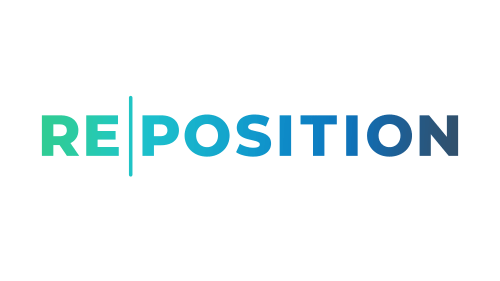
 SEO Services
SEO Services  Request a Quote
Request a Quote
 London
London
